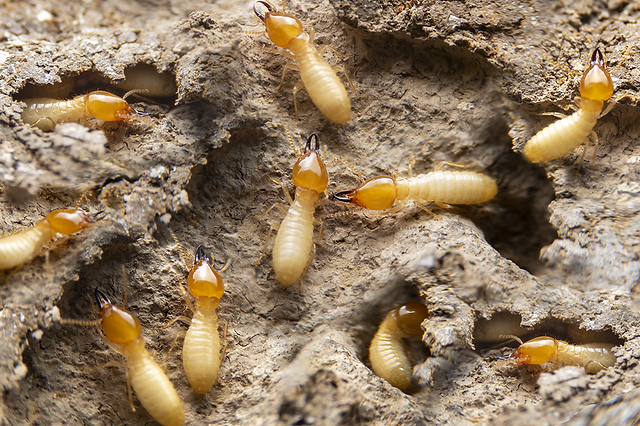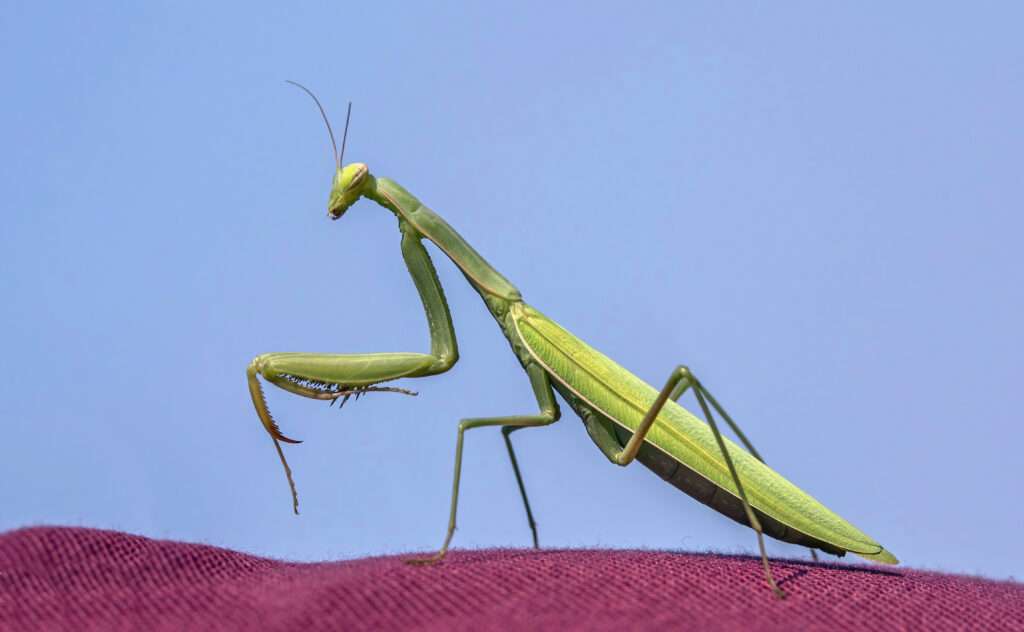
Termites are classified as “workers” and “soldiers,” which are typically sterile, just as ants, some bees, and some wasps from the distinct order Hymenoptera. There are one or more reproductive females called “queens” and at least one fertile male named “king” in every colony. Termites primarily consume cellulose and dead plant matter, which can be found in wood, leaf litter, soil, or animal faeces.
Where do they live?
Except for Antarctica, every continent has termites. In comparison to South America, where over 400 species are known, North America and Europe have limited termite species diversity (10 species in Europe and 50 in North America, respectively). One thousand of the 3,000 termite species now recognized can be found in Africa, where mounds are particularly prevalent in some areas. The northern Kruger National Park alone contains about 1.1 million active termite mounds. There are 435 different species of termites in Asia, the majority of which are found in China.
Termites are found in damp, dark places where there is no air exposure. For them to survive, there must be a source of moisture. They can be discovered in soil, decaying logs, and stumps of dead trees in temperate areas. In dry wood structures where the termite nest has been constructed in the soil, they can also be found.
Morphology
The prothorax, mesothorax, and metathorax are the three parts that make up the termite thorax’s anatomy. Legs are present in each segment. The mesothorax and metathorax are where the wings are found on alates, which is consistent with other four-winged insects. Exoskeletal plates in the mesothorax and metathorax are well-developed; prothorax plates are smaller. Termites have two plates, called the tergites and the sternites, on their ten-segmented abdomen. A pair of short cerci are present on the tenth abdominal segment. There are ten tergites, nine of which are broad and one of which is long.
Although simpler, the reproductive organs resemble those of cockroaches. Male alates, for instance, lack the intromittent apparatus and have either immotile or a-flagellate sperm. Mastotermitidae termites, on the other hand, have motile multiflagellate sperm. Female genitalia are also condensed. Mastotermitidae females, unlike females of other termites, have an ovipositor, which they share remarkably with female cockroaches.

What do they eat?
Termites are detritivores, meaning they eat decaying plants at any stage of the process. They also contribute significantly to the ecology by recycling waste products including plants, dead wood, and faeces. Isopterans eat the cellulose in wood for food. In the digestive tract of many termites, bacteria and protozoans break down wood. When workers feed termites, the young termites ingest the bacteria.
Reproduction
One king and queen pair, which emerge from totally wingless adults, can be found in termite colonies. In order to accommodate her enhanced egg-laying capacity, the queen grows an expanded abdomen. She might produce millions of eggs per year. The king is typically smaller than the female in some species. Numerous individuals leave the original colony, find a new nest location, mate, and start a new colony in order to produce these fully wing adults. Five to ten years after the first colony was founded, this might not occur.
Some of the young will mature into a new king and/or queen if the current king and/or queen pass away or if a portion of the colony splits off from the parent colony. The new king or queen won’t leave the nest or develop wings, but they will become sexually mature. The eggs and young are cared after by specialized personnel and soldiers. Male and female, sterile, wingless, mostly blind, and occasionally polymorphic, worker and soldier termites are also found in nature.
Species Number
Approximately 2,000 different termite species have been identified, and each one has a unique shape, size, and behavior. But all termites share two traits: a love of wood, and a propensity to seriously harm houses and other property.
- Microtermes obesi
- Cryptotermes dudleyi
- Cryptotermes brevis
- Coptotermes gestroi
Table





